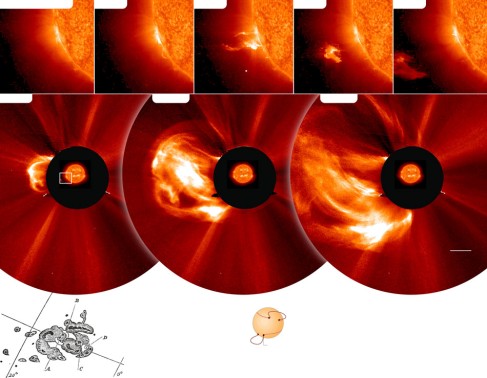Note to self: starting an article with, “In 1859 the sun erupted…” is one intriguing hook. For the large American population that’s unfamiliar with cosmic history, the New York Times article definitely covered an unexplored topic.
Maybe the solar storm was a major story at the time, but today, 1859 is mainly only significant for the events leading up to the Civil War. This March 18 article has shed light on an unprecedented geomagnetic storm and informed readers of a potential sequel. The 1859 storm essentially sent overwhelming electrical transmissions at the Earth, which resulted in paper catching fire and telegraph operators being shocked. Since our electric-powered technology has advanced far beyond wires and telegraphs, a similar solar storm today could be much more debilitating. Possible consequences are continental blackouts and the dysfunction of satellites.
The article also discusses optimistic and pessimistic perspectives on the damages a solar storm would do today. Since a solar storm will be especially likely this fall when 11-year sunspot cycle occurs, it’s appropriate that this subject has been acknowledged.
After all, if the entire continent of North America loses power, people should at least have some idea about the cause. Solar storms aren’t covered every day. Good for the New York Times for venturing outside the typical stories and finding a new and relevant topic.
This graphic depicts the 1859 solar flare, the largest coronal mass ejection in recorded history. Electrons and protons are released by the Sun at speeds that reach 2,200 miles a second. If the graphic had more labels, it could be easier to understand for an average reader.
http://www.nytimes.com/2013/03/19/science/space/on-the-watch-for-a-solar-storm.html?hp&_r=0

